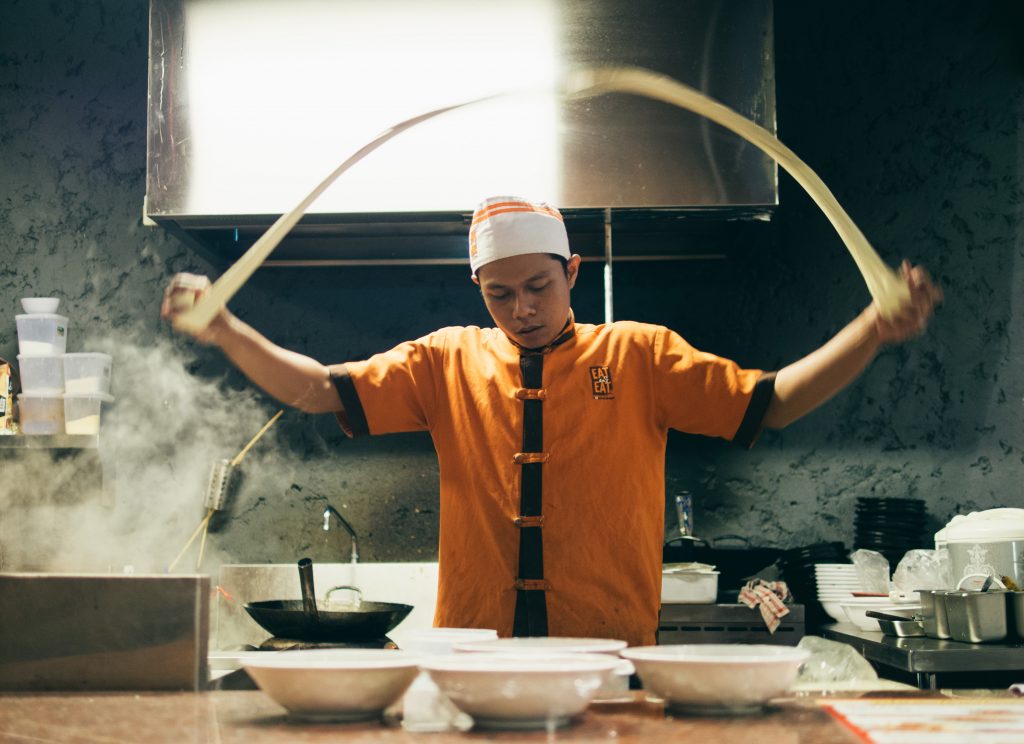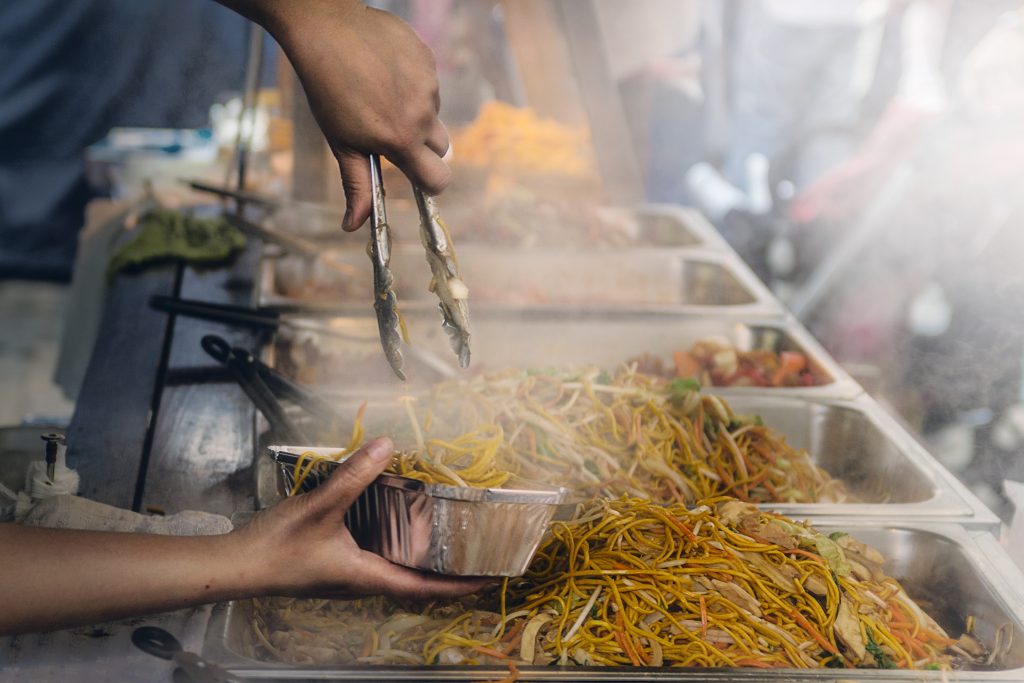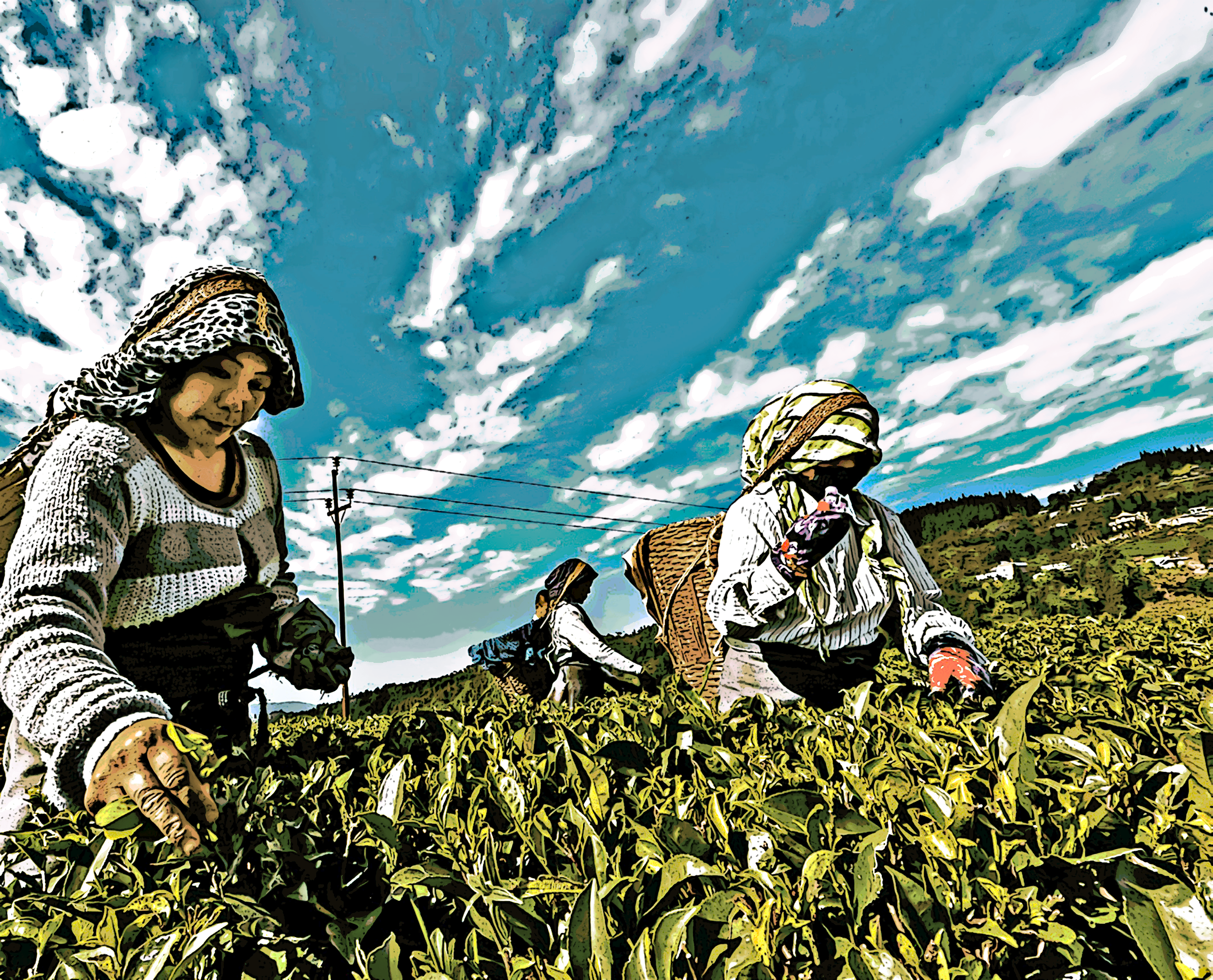Having a high standard in food safety and security demands that the food is of good quality, free from disease or infection, and safe for consumption. Keeping up with this standard is a matter of international concern and the responsibility of food producers and governments. A significant part of upholding the standard in food safety lies in the management of its supply chain, not only to deliver food efficiently but also to preserve quality and safety.
In China, a top-five global exporter and the second-largest importer of food, the food industry is expected to implement the latest technology to ensure logistics efficiency and maintain product quality and safety. However, food safety is a recurring issue. Food scares appear almost regularly in the news, including reports of contaminated vegetables, expired meat, tainted baby formula, plastic rice and synthetic meat products.
Despite the government’s much-publicized regulatory efforts to prevent food hazards, consumer confidence has been difficult to regain. This is evident with last year’s Global Food Security Index, which ranked China No. 37 out of 113 countries in food quality and safety.
To regain consumer trust and confidence, the Chinese government launched a reward system to encourage whistleblowers to expose food and drug safety problems. Furthermore, in May 2019, the Central Committee of the Communist Party of China and the State Council published “Opinions on Deepening Reform and Strengthening Food Safety Work” to set new guidelines on food safety standards.

Key to the reform are the “Four Acts of Strictness” in ensuring food safety, which include setting rigorous standards, implementing strict supervision, applying severe sanctions and adhering to strict accountability measures. The reform also calls for eliminating toxic pesticides in the next five years, upgrading the quality of formula milk, improving sanitary conditions in schools and canteens, establishing a standardized food distribution and supply system, using environmentally friendly packaging and increasing the threshold of quality and safety tests to 97% by 2020.
Collaborative Solutions
Food safety is a continued concern for China, and blockchain technology has been proposed as a solution for tracking food from the farm to the kitchen table. In 2016, IBM and Walmart China, in collaboration with Tsinghua University, tested blockchain technology as a way to rapidly track the origin of pork, simulating the need to trace food back to its source in the event of food poisoning or outbreak of a communicable disease.
See related article: Launching a Blockchain-Powered Coffee Supply Chain Project in Africa with Cardano
The system was able to trace the pork served in a meal at a restaurant back through its entire supply chain to the farm in a matter of minutes.
In December 2017, IBM, JD.com, Walmart China and Tsinghua set up the first Blockchain Food Safety Alliance. The alliance relies on IBM’s blockchain platform, which serves as a distributed ledger to provide an audit trail of data on the supply chain of food products. Information on the platform can be retrieved at various phases of the supply chain and shared with the parties involved to help them determine the safety of the food products.
In an attempt to regain consumer confidence in food safety and quality management, Walmart China announced its partnership with PricewaterhouseCoopers (PwC) and VeChain in June 2019 to create the Walmart China Blockchain Traceability Platform. The platform is built on the public VeChain, a blockchain-as-a-service solution with integrated Internet of Things (IoT) and RFID tracking technology. The platform is offered as a service for all the parties in the supply chain, including allowing consumers to use their mobile devices to scan the products and obtain supply chain and inspection reports prior to purchasing them from Walmart stores.

Other companies have also begun to use QR codes to improve food safety in small-scale initiatives.
While there is always the possibility of falsified records being injected into the network, fraudulent transactions will most likely be rejected by other parties on the network given the nature of blockchain technology’s distributed network. Hence, the proper selection of parties within the network coupled with regulation will be essential to the proper implementation of the technology.
In an interview with Forkast.News, VeChain COO Kevin Feng puts this in context: “Blockchain is a trust machine, or a protocol that’s lowered the cost of collaboration.”
With regard to the challenge of digitizing products, Feng explained that each product needs a corresponding unique, digital identity on the blockchain. To physically attach this identity to the product requires IoT, such as NFC or RFID chips. QR codes are the most cost-efficient for low-cost products.
Blockchain’s Potential For Food
Blockchain experts’ sentiments and concerns over the technology’s limitations are based on the fact it is still a developing technology, with its full potential yet to be demonstrated. However, through its continuous development and the support it has received from both private and public entities in China, as well as its integration with other technologies such as AI and IoT, it has the potential to become a truly cost-efficient and effective technology in the years to come. Public blockchain platforms like VeChain are testament to this technology’s rapid improvement.
Blockchain alone is not a one-stop solution to solve food safety issues overnight. As Feng said, blockchain is still just a tool. But with the integration of IoT and other technologies, and consultation and collaboration with experts and service providers, blockchain is poised to offer solutions that could finally win back the trust and confidence of Chinese consumers.

Case Study: Bright Food’s Cupids Farm Milk
A prominent use case of VeChain’s technology is Shanghai-based food producer Bright Food. To build consumer confidence in the quality of its Cupids Farm milk, Bright Food has implemented a system powered by the VeChainThor blockchain to allow consumers to track the product from farm-to-table.
See related article: Blockchain for Bananas? Why Technology Will Transform Food Traceability and Supply Chain
Throughout the entire supply chain of Bright Food’s milk products, key data is measured via IoT-enabled sensors and certified by DNV GL — an international accreditation and registrar body. This data stream starts with data points about bovine health at the farm, and continues throughout the supply chain, tracking any additives injected into the milk as well as data on storage temperature and names of the distribution companies used. Affixed to each bottle of milk is a QR code allowing consumers — or local officials — to trace the product’s provenance. DNV GL’s guarantee on the data adds a second layer of confidence to the quality of information written onto the blockchain.
Being able to ensure this provenance means that Bright Food enjoys a premium price point: Chinese consumers are willing to pay an even higher sticker price than imported dairy products from Japan, highly regarded by Chinese consumers for their quality.
This article is part of Forkast.Insights’ China Blockchain Report.




